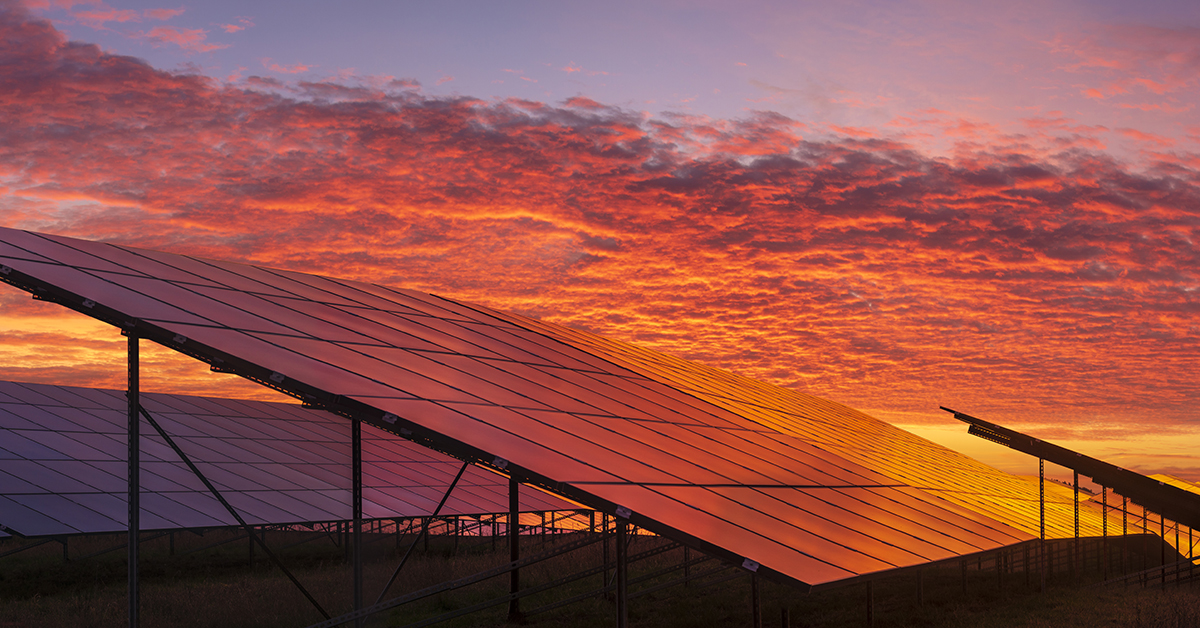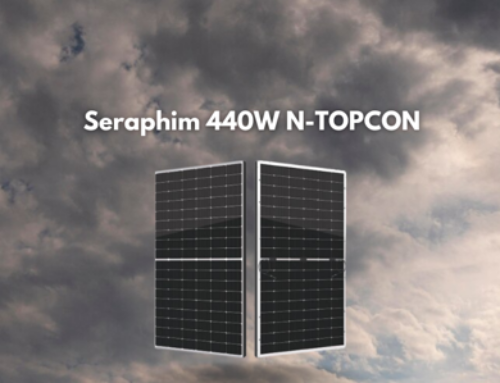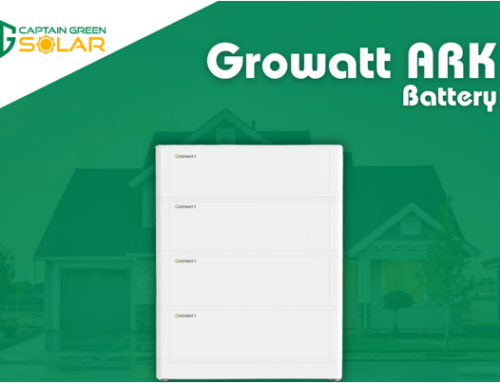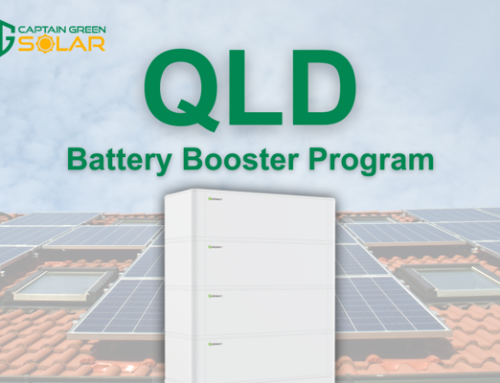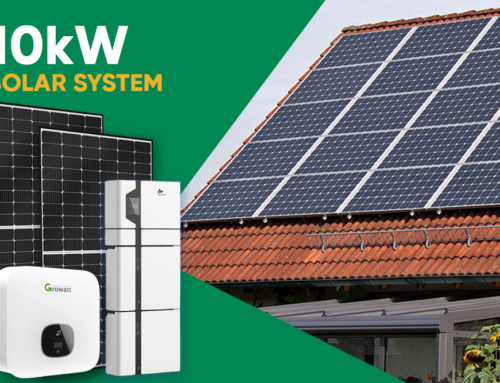It’s important to get the best deal on your Solar feed-in tariffs to maximize the credit that you get back from your unused energy. A solar feed-in tariff is a credit applied to your energy account for any excess solar you export to the main grid. Still confused? Ok, let’s take a step back.
What Is a Solar Feed-in Tariff?
If you have an on-grid solar installation, this means you generate and use solar power while the sun is shining. At night, or when your system isn’t generating power, you still receive electricity from the main grid through your electricity retailer. This is because solar energy needs to be used or exported instantly. This changes if you have a solar battery setup because you can store excess energy later rather than export it to the grid. With a battery system, you may be able to escape the main grid altogether.
So, suppose you generate more solar energy than you use during the day. In that case, the excess is exported to the main grid, and your electricity retailer gives you a small credit for each kilowatt-hour (kWh) exported. This is the feed-in tariff, and in this article, we’ll look at how to get the best deal on Solar Feed-in Tariffs in Australia.
State-by-State Solar Feed-in Tariffs
Each state varies when it comes to solar feed-in tariffs. Rather than list every retailer and every rebate, which is always subject to change, here’s a brief rundown of what you can expect in each state.
Queensland
In Queensland, there is no government regulation on the minimum or maximum feed-in tariffs an electricity retailer can offer. As such, the market is highly competitive, and you can get some great feed-in rates.
Some retailers offer 17c per kWh for a certain amount per day, while others cap out at 2.05c per kWh. Others have special deals provided you buy your solar system through the retailer’s solar energy arm. As you can see, the range is quite diverse, so it pays to shop around.
NSW
The NSW regulator suggests retailers should offer between 6-7.3c per kWh. However, many go over and above this level. It’s quite common in NSW to find retailers with no dedicated solar products offering lower feed-in tariffs than their competitors offering specialised solar products.
Some retailers go as high as 22c per kWh, provided you purchase your system through them.
Victoria
If you’re buying solar panels in Victoria, you’re in luck regarding feed-in tariffs. Victoria has actually legislated the payment of a minimum of 6.7c per kWh, meaning every retailer must offer this amount or more. Some go above, while others just offer the minimum.
In Victoria, you can find a flat-rate FiT or a time-varying FiT, so you can shop around and select the best option for your usage.
South Australia
South Australia’s feed-in tariffs are a bit like Queensland’s, in the sense that they vary considerably depending on the retailer. Some go as high as 21c per kWh if you purchase their solar products, while others hover around 2-3c. In SA, it’s definitely worth shopping around!
Western Australia
If you live in WA, your choices are limited to – well, you have no choice. Synergy is the only retailer for metro areas, and Horizon is the only retailer for regional areas. They both offer a 7.135c per kWh feed-in tariff.
Tasmania
Tasmania has been a one-company state for years when it comes to the supply of electricity. However, the market has recently opened up, with a few smaller players coming on board to offer some variety to Tassie consumers. Most offer a decent feed-in tariff between 6.5c – 10c.
ACT
The ACT is another smaller market, however, for the most part, the feed-in tariffs are quite generous. You can get 20c per kWh if you purchase the retailers own solar system, but even the standard plans offered by other retailers hover around 9-12c, which is quite impressive.
How to Get the Best Deal on Solar Feed-in Tariffs
With so much choice across the board in most parts of Australia, it pays to know what to look for. Let’s look into what should consider when shopping for the best feed-in tariff.
A Plan Suited to Your System
Remember that unless you have a battery, all solar energy you generate and don’t use gets exported to the grid for a feed-in tariff. The size of solar systems varies considerably, which means some can generate a lot more electricity than others.
So, if your system is smaller and you use most of the energy you produce, then the FiT is less important. You’d be better making your choice based on the cheapest electricity rates for the times you do use the main grid. Conversely, if you have a large system that generates a lot of additional power, you can get some great benefits from having a healthy feed-in tariff.
Shop Around
As always, the best idea is to shop around. In most states, you’ve to plenty of choices, so don’t just settle. There are many resources out there to help you compare electricity plans, however, be aware that these sites often only include a selection of retailers. So, take the time to research who has the best plans for your needs.
Look For Special Offers
While shopping around, it’s also a good idea to look for special offers. As we’ve mentioned, some electricity retailers provide very generous feed-in tariffs if you buy your solar system through them. The only issue there is the solar installation itself may be a lot more expensive than you can find elsewhere. Considering the relatively low annual benefit of a feed-in tariff, it may not be worth spending more on the initial system just to get a few more dollars in electricity credit each year.
Check Electricity Rates on Your Plan
Finally, always make sure you check the standard energy usage rates on your plan. A high feed-in tariff is nice, but in reality, you’re going to draw more energy from the main grid than you export to it. So, the money you save by getting the best energy usage rates will usually outweigh the credits you would get from a generous feed-in tariff.
For all the advice you need on choosing the perfect solar system for your home or business, contact Captain Green and get a quote today.

